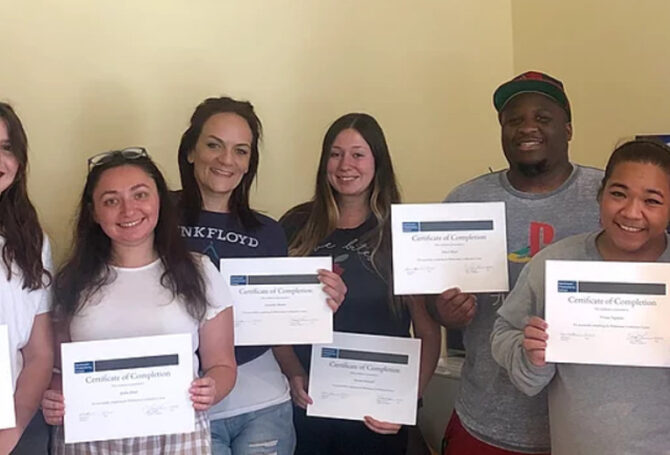Applying for your first job in phlebotomy can be an exciting but nerve-wracking experience. Crafting a standout cover letter and resume can be the difference between landing an interview and getting lost in the stack of applications.
Here are some tips on how to make the perfect cover letter and resume when applying for an entry-level phlebotomy position.
Cover Letter
Your cover letter is your chance to make a strong first impression and grab the attention of the hiring manager. It should be concise and highlight your relevant skills and qualifications. Here are the key elements of a strong phlebotomy cover letter:
1. Address the hiring manager by name. If possible, do some research and find out who will be reviewing your application.
2. Introduce yourself and state the position you are applying for. Briefly explain why you are interested in the position.
3. Highlight your relevant skills and qualifications. Mention any phlebotomy training or certification you have completed, your experience with blood draws and specimen processing, and any other skills that make you a strong candidate.
4. Show your enthusiasm for the job and express a willingness to learn and grow in the field.
5. Close by thanking the hiring manager for considering your application and stating your availability for an interview.
Resume
Your resume should showcase your education, training, and experience in phlebotomy. Here are some tips for crafting a winning phlebotomy resume:
1. Begin with a clear objective statement that outlines your career goals and highlights your skills and qualifications.
2. List your phlebotomy education and certification, including the name of the program, date of completion, and any relevant coursework.
3. Detail any phlebotomy experience you have, including the types of procedures you have performed and the types of specimens you have handled.
4. List any relevant skills or abilities you possess, such as knowledge of medical terminology, bloodborne pathogen safety, or specimen collection procedures.
5. Include any other work experience or volunteer experience that demonstrates your dedication, reliability, and teamwork skills.
6. Use clear, concise language and bullet points to make your resume easy to read and scan quickly.
7. Tailor your resume to the specific job you are applying for. Highlight the skills and qualifications that the employer is seeking.
In conclusion, crafting a standout cover letter and resume can be a key factor in landing your first job in phlebotomy. Focus on highlighting your relevant skills, education, and experience, and show your enthusiasm and willingness to learn.




